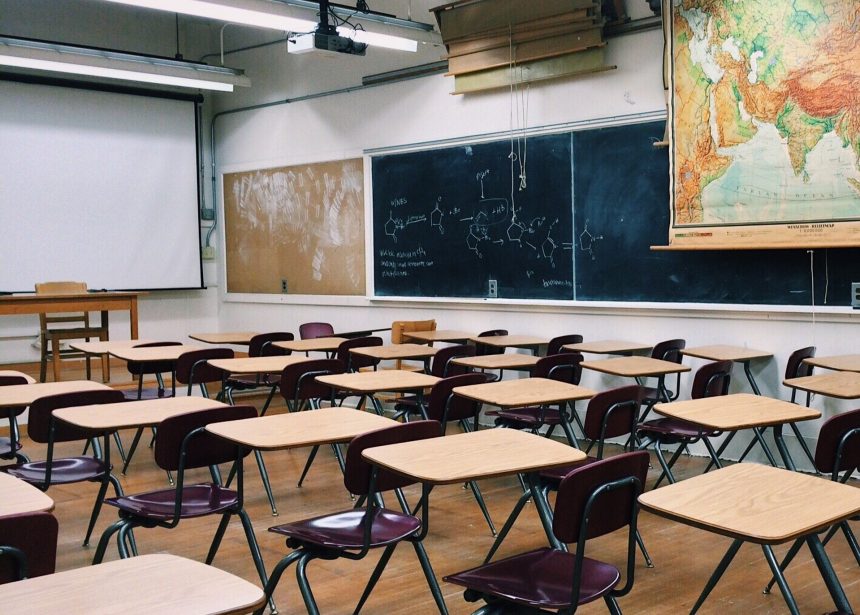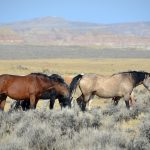Wyoming, the least populated state in the country, faces unique challenges when it comes to education. With fewer resources and a dispersed population, providing quality education to all students is a continuous struggle. However, Wyoming has made strides in improving its education system through various initiatives and programs.
Quality of Schools
According to the National Assessment of Educational Progress, Wyoming ranks above the national average in math and reading proficiency among 4th and 8th graders. The state’s small class sizes and well-trained teachers contribute to this success. However, schools in rural areas face challenges in recruiting and retaining teachers due to a lack of resources and isolation.
Higher Education Opportunities
Wyoming is home to seven community colleges, two state universities, and several private institutions. The University of Wyoming is the state’s flagship university, offering over 190 areas of study, including agriculture, energy, and natural resources. The state’s community colleges provide affordable options for students seeking technical and vocational education.
Programs to Improve Literacy and Skills
The Wyoming Department of Education has implemented several initiatives to improve literacy and other skills among students. The Wyoming Reads program, launched in 1998, provides free books to children statewide to promote early childhood literacy. The Wyoming Content and Performance Standards establish learning goals for students in various subjects and provide guidance for teachers in designing curriculum.
Another initiative is the Hathaway Scholarship, which provides financial assistance to Wyoming high school graduates who attend the state’s community colleges or university. The scholarship has increased enrollment in higher education and helped students attain degrees.
Challenges Ahead
Wyoming still faces challenges in education. The state’s rural schools struggle to provide advanced courses and extracurricular activities due to a lack of resources. There is also a significant achievement gap between low-income and minority students and their peers.
Additionally, Wyoming has one of the lowest high school graduation rates in the country. The state’s economy relies heavily on industries like mining and energy, which can create a mismatch between the skills students learn in school and the job market.
Conclusion
Wyoming’s education system has made progress in recent years, but challenges remain. The state must continue to invest in its schools, teachers, and students to provide equitable education opportunities. Initiatives like the Wyoming Reads program and Hathaway Scholarship have proven effective, and similar efforts can help address the challenges ahead. With the right resources and support, Wyoming can provide quality education to all its students.







